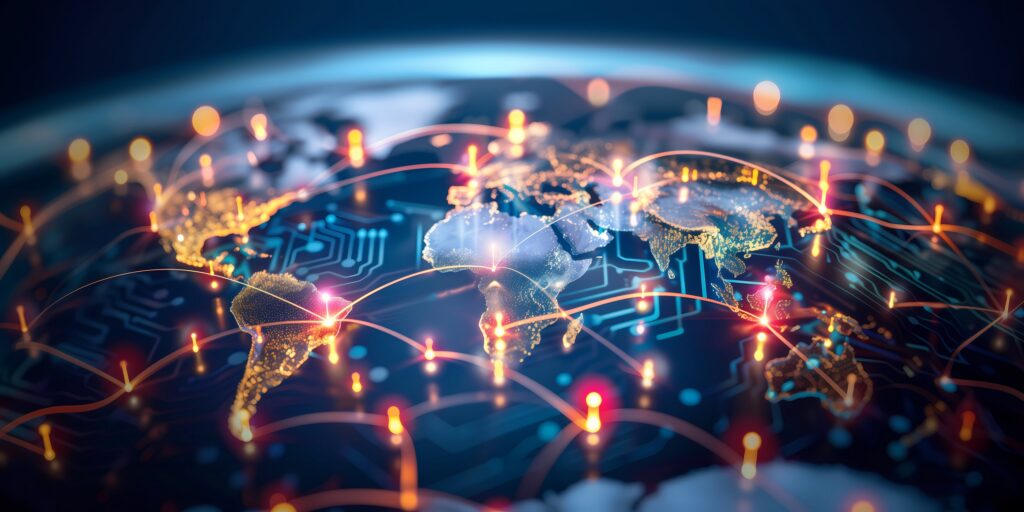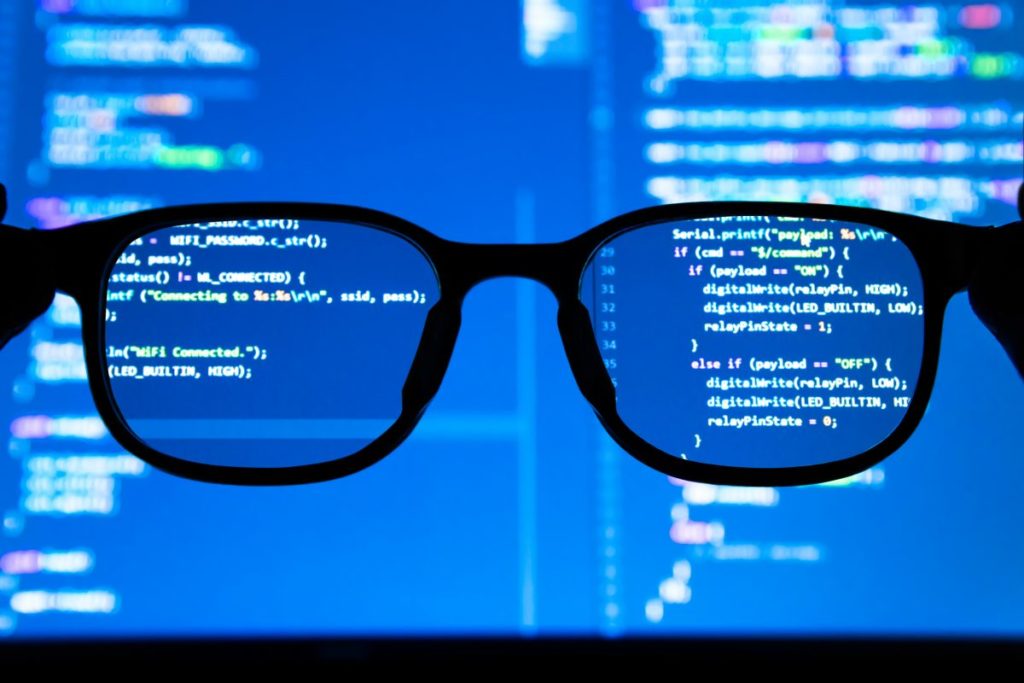Reducing entry barriers in the development and application of AI
- Share via Email: Reducing%20entry%20barriers%20in%20the%20development%20and%20application%20of%20AI
- Share via Facebook: Reducing%20entry%20barriers%20in%20the%20development%20and%20application%20of%20AI
- Share via Twitter: Reducing%20entry%20barriers%20in%20the%20development%20and%20application%20of%20AI
Author
Key Points
Reducing entry barriers in AI development and application can help address concerns both about the degree of industrial concentration and the slow speed of AI diffusion across the economy.
By targeting bottlenecks in the supply of skilled AI analysts, the supply of data, and access to specialized hardware, we can reduce entry barriers which have been inadvertently created by government policies.
Alternative policy frameworks like more stringent antitrust action are inherently higher risk strategies when compared to reducing entry barriers.
Press Release
“Tear down this wall!”: Reducing entry barriers in the development and application of AI
Introduction
Artificial Intelligence (AI) is developing rapidly and countries from around the globe are beginning to articulate national strategies for handling the political ramifications. Powering innovations like driverless cars, autonomous drones, full-sequence genetic analytics and powerful voice assistant technology, the future certainly looks full of potential. However unsettled questions about who will reap these benefits and when they will be achieved leave storm clouds on the political horizon. Amid questions of industrial concentration and economic inequality on one side, and concerns about lagging U.S. productivity and the slow pace of AI diffusion on the other, this paper attempts to lay out a framework that can begin to address these various issues.
The first of these questions could be simplified to ask: what if only Google, Amazon, Facebook and Apple (GAFA) are able to develop the AI system that powers the economy of the future? The second considers the reasons that AI techniques have diffused through the economy at such a slow rate. However, although these appear to be two distinct questions, there is an under-examined overlap that connects these issues to the same set of policies: namely, high barriers to entry due to supply- side constraints.
There are significant barriers to entry in AI development and application, many of which stem from the direct result of government policies. These barriers have inadvertently boosted the market power of incumbent firms and thus in reducing them, we may enable new firms to better compete, while also removing some of the bottlenecks that slow down research and integration of AI systems across the entire economy.
Accordingly, the present study provides an overview of the various inputs to the production function of AI and analyzes the policies that should be reconsidered or implemented to reduce these barriers. Specifically, it will focus on the inputs of skilled AI analysts, high-quality datasets and specialized AI hardware. It will conclude with a short discussion of the relative attractiveness of focusing on entry barriers when compared to the high-risk options presented by traditional antitrust enforcement. While there are certainly other potential policies or AI inputs that are beyond the scope of this paper, the policy framework presented herein will nevertheless provide a useful primer for future analysis.
Read the full study here.










